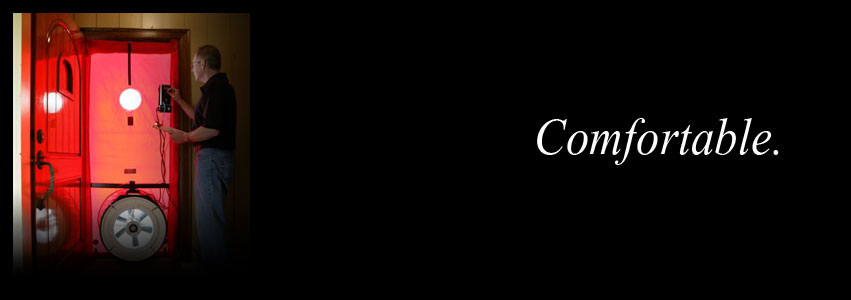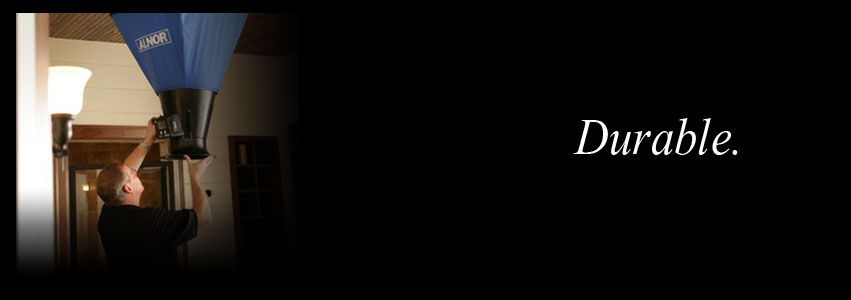Photo Gallery
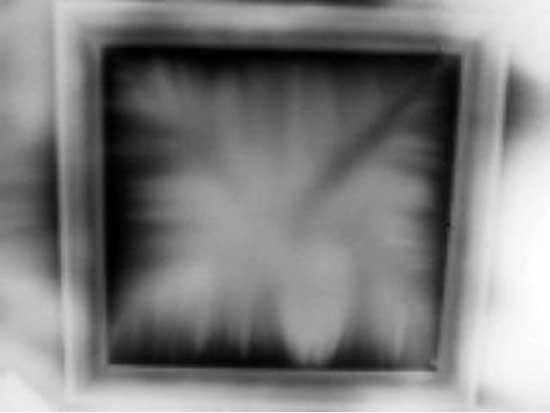
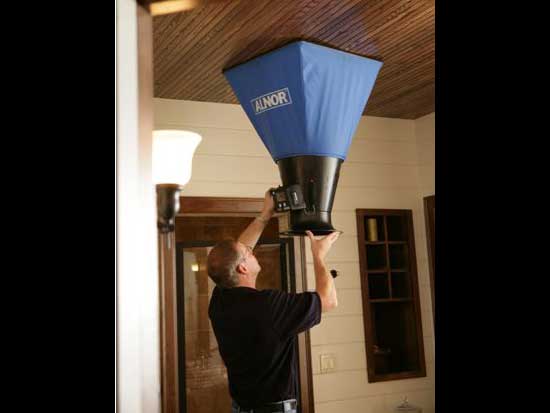
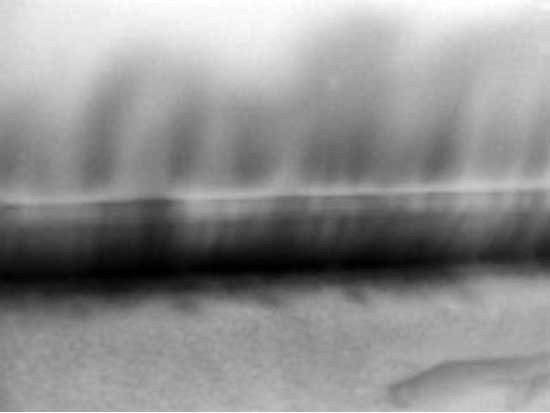
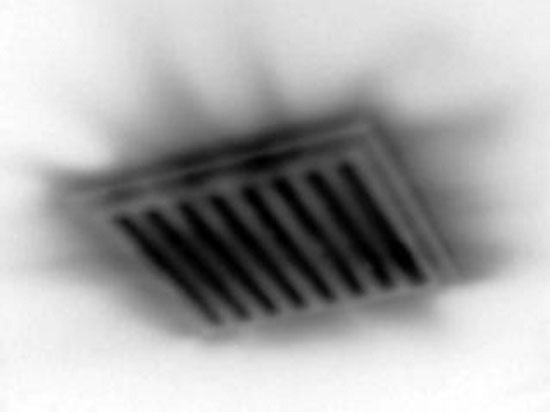
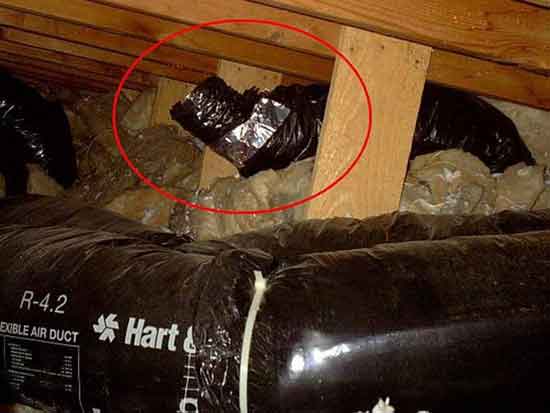
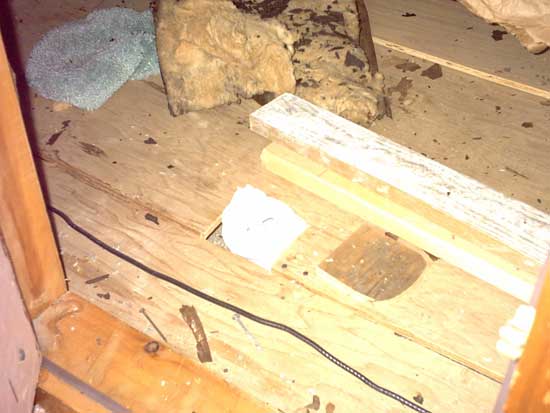
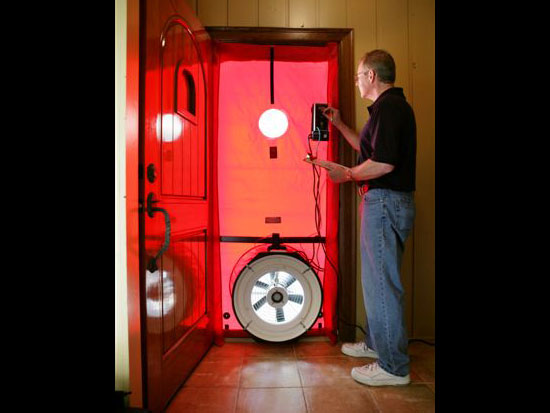
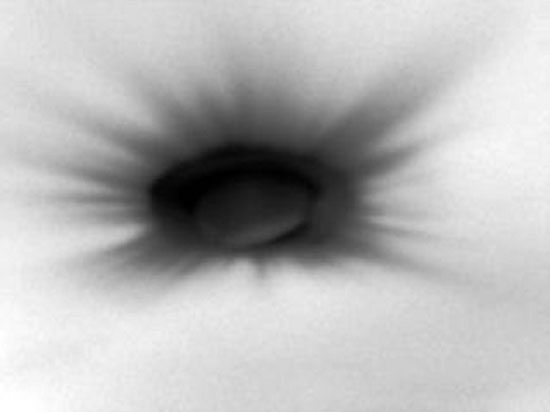
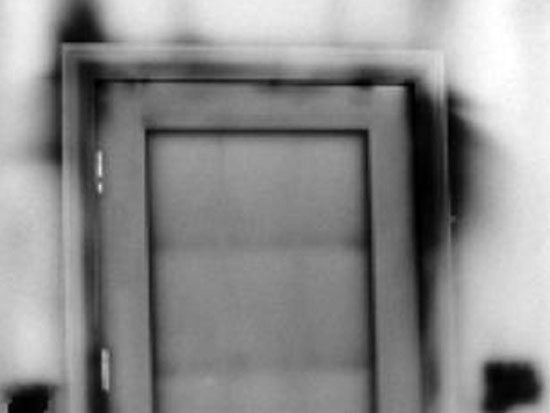

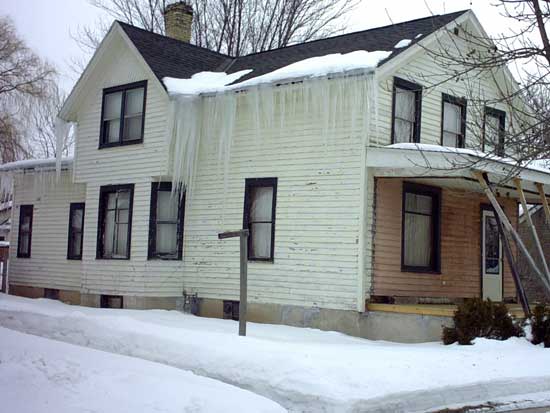
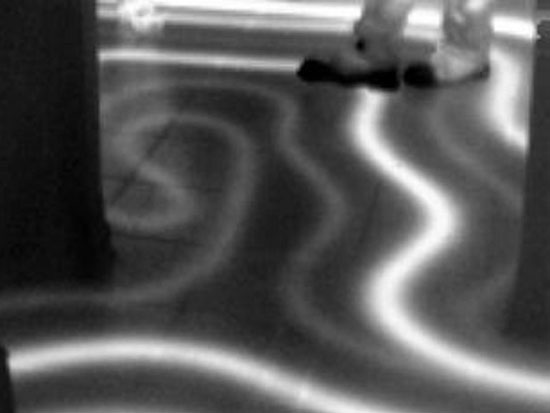

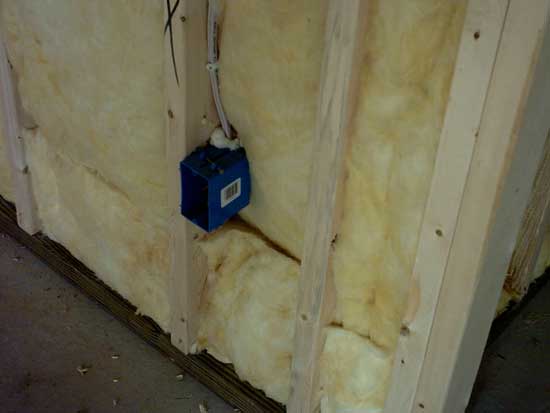
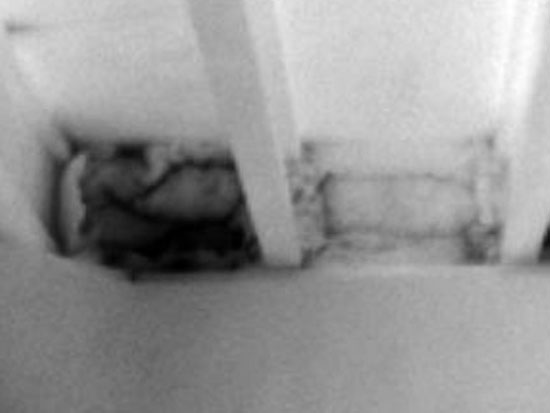
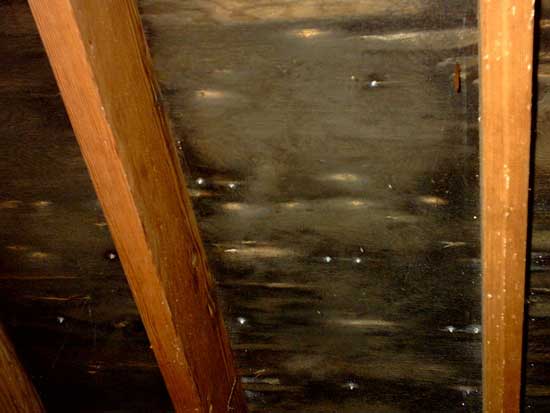
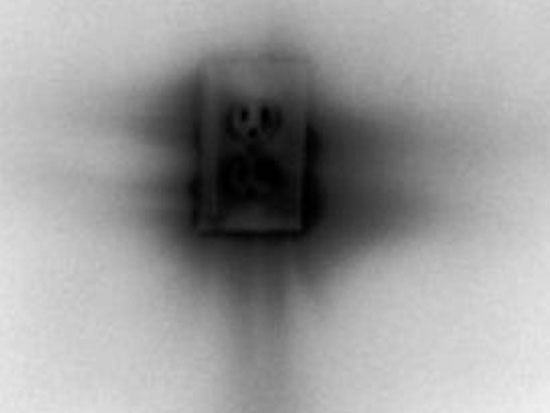
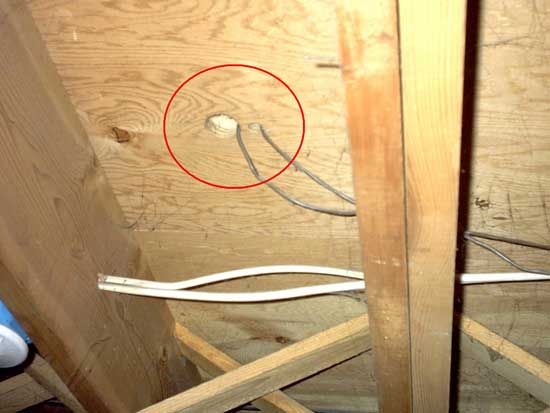
Attic Hatch
This picture indicates a leaky attic hatch using infrared technology.
Balometer Test
The balometer is used to test the airflow of the bathroom fan (or any ventilation fan).
Baseboard Leakage
Infrared scanning can indicate significant baseboard air leakage.
Bath Fans
Bath fan housing air leakage can be significant.
Exhaust Fan Vented into an Attic space
Bath fans that exhaust into attic spaces can potentially cause damage to the underside of the roof.his picture indicates a leaky attic hatch using infrared technology.
Bath Fan Vented into Attic
Here is another photo of a bath fan that is vented into the attic, through the attic floor. Exhaust fans should always be vented directly to the outside with properly insulated ductwork.
Blower Door
A blower door is a diagnostic tool that we use to measure how leaky or how tight the home is. It is used to simulate a windy day.
Recessed Lights (Can Lights)
When the back side of a recessed light is exposed to the attic, air leakage (and heat loss) can occur.
Exterior Doors
The dark areas indicate where air leakage is occurring around this door
Fireplaces
If air sealing details are missed during construction or remodeling, problems can potentially arise later. This picture indicates cooler air behind the drywall because proper air sealing was not done at the ceiling in the space above the fireplace.
Ice Dams
Ice dams can be dangerous and potentially cause house and water damage.
In-Floor Heating
Infrared scanning can be used to find possible in-floor heating problems. It can also be used to locate the in-floor heating lines when one needs to drill a hole in the floor.
Missing Insulation
This is an infrared picture indicating missing insulation in wall cavities.
Poor Insulation
This picture shows newly installed insulation in a wall cavity. The insulation is compressed behind the outlet box allowing insulation voids in the wall cavity. Compressed insulation does not perform as well as properly installed insulation. Voids in wall cavities can potentially allow moisture problems to occur. For proper insulation performance, this insulation should have been cut around the insulation box and fluffed up to fill the cavity.
Sill Box Insulation
Infrared thermal imaging can indicate insulation problems and/or air leakage problems. The left sill box (darker image) indicates air leakage and/or poorly installed insulation. The right sill box appears to be well sealed and insulated.
Moisture/Mold in the Attic
This photo shows the underside of a wet and deteriorating roof. The cause of this problem was a bath fan that was vented into the attic space (not vented directly to the outside). This roof was moldy and rotted and had to be completely replaced.
Outlets & Switches
Air leakage can be significant.
Wire Penetrations
Wire holes can connect basements to wall cavities to attics, etc. These air bypasses can be significant and allow much heat loss.






